Table of Contents
Recovering abandoned shopping carts should be a top priority for all eCommerce businesses. These abandoned carts represent extremely valuable leads, and failing to address them means leaving potential revenue on the table. It is crucial for eCommerce brands to understand the reasons behind customers abandoning their carts during the checkout process.
The objective is to address any concerns or objections the customers may have had, offer compelling incentives, and entice them to return to the online store and complete their purchase.
In this article, our primary focus is not on optimizing the checkout process to prevent cart abandonment proactively. Instead, we are addressing the immediate situation: a potential customer has left the purchase process at the last minute, and our aim is to win them back with the 13 tips below.
Abandoned Cart and Reasons Behind
An abandoned cart refers to a situation where customers add products to their online shopping cart but do not follow through with the checkout process. It is crucial to comprehend the factors contributing to this behavior. Within the realm of eCommerce, it is a frequent phenomenon where customers may carefully select their desired items but ultimately abandon their carts when it comes time to complete checkout.

Consumers have various reasons for abandoning their shopping carts. The most prevalent reason, accounting for nearly 60% of cases according to Baymard, is that they were simply browsing and never had any intention of making a purchase. Although this reason may seem unusual (as to why they would add items to the cart), there isn’t much we can do about it. However, when we exclude these cases, we are left with a list of addressable causes:
- Unexpected costs (48%)
- Mandatory account creation (24%)
- Delivery timeframe concerns (22%)
- Lack of trust in payment security (18%)
- Complicated checkout process (17%)
- Hidden total order cost (16%)
- Website errors or poor performance (13%)
- Limited payment methods (9%)
What Is an Abandoned Cart Email?
An abandoned cart email is a message sent to customers who have added items to their shopping carts but did not complete the checkout process. This email serves as a gentle reminder to customers who may have become distracted and forgotten to finalize their purchase. It is a highly effective strategy employed by eCommerce stores to retain customers and boost revenue.

13 Abandoned Cart Email Tips
Offer A Clear Overview of The Items In The Cart
The primary objective is to jog people’s memory about the items they were considering purchasing, which is why the products should be prominently featured in the emails.
Display the products that shoppers have in their minds, ensuring that essential information such as price, size, and delivery cost is included.
Including images is crucial as they serve as a swift reminder for shoppers. Since people may have abandoned multiple shopping carts, it is vital to provide a visually compelling cue to capture their attention.
Subject line:
- Hey first name, Come Back To Your Cart.
- Did you forget something, first name?

Clear Calls to Action
Another crucial component of cart recovery emails is the effectiveness of calls to action (CTAs). The goal is to make the desired action for users as explicit and straightforward as possible.
Example:
- Continue Checkout
- Resume My Cart
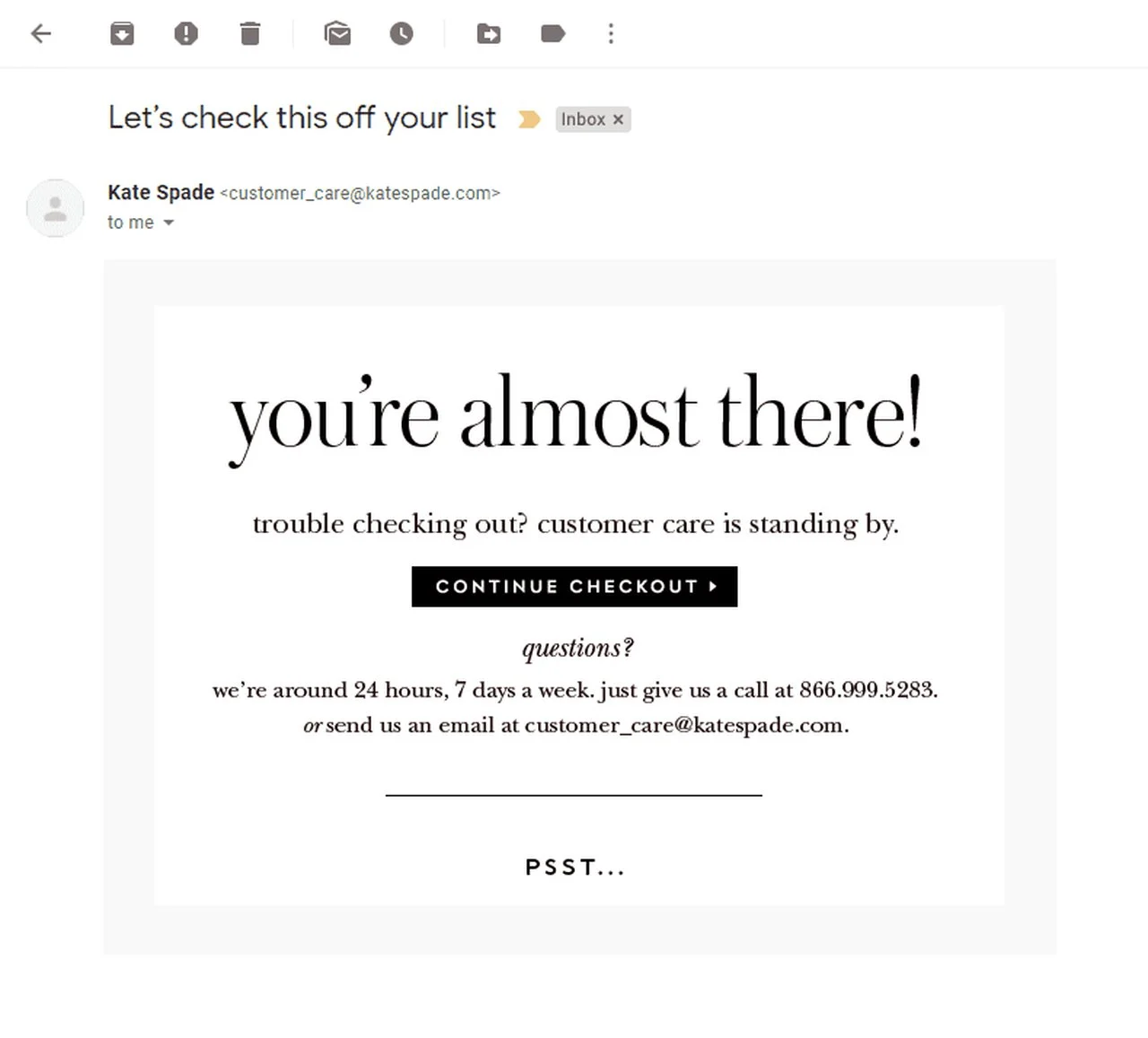
Remind Customers of Their Abandoned Cart
Send an intermediate abandonment email after they leave the items in the cart. Use a playful, catchy headline to draw attention. The email should be clean and easy to read with a clear CTA button that directs people back to the checkout process. The email also includes testimonials in its emails to show that its products are worth the investment and gives readers the opportunity to see more reviews if they prefer.
Example:
Did you forget something, first name?
Hey first name, Come Back To Your Cart.
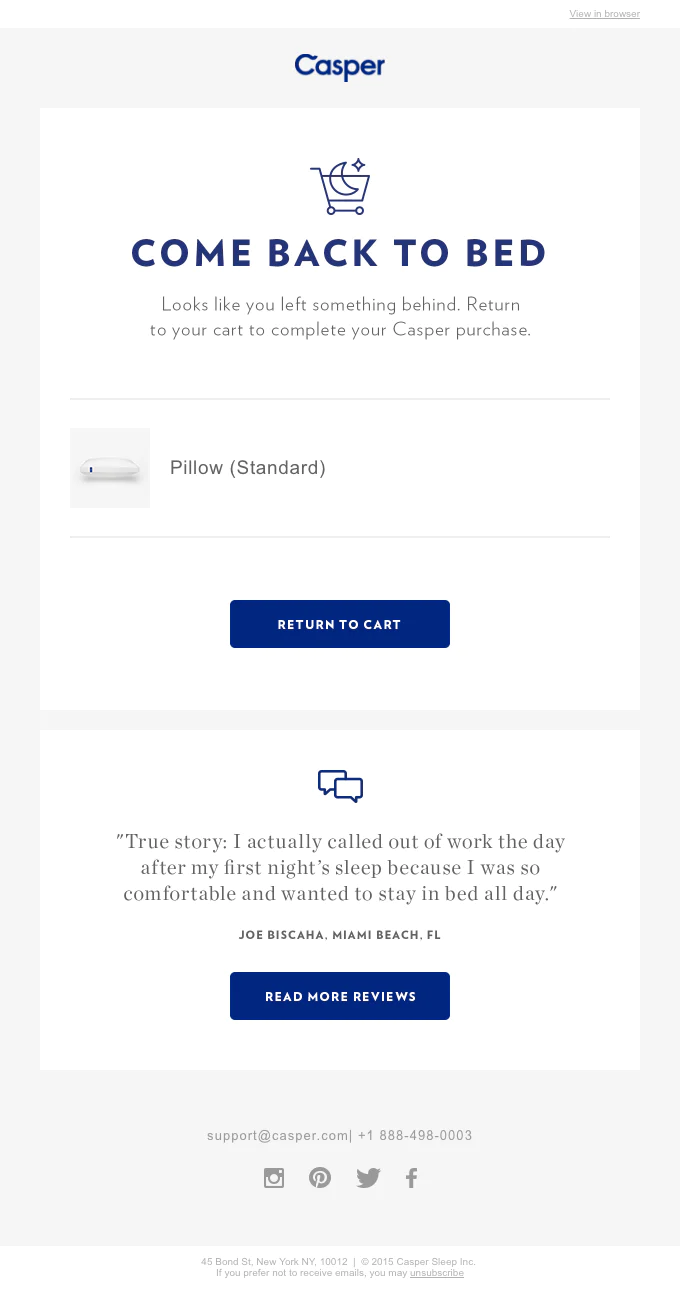
Leverage Discounts But Don’t Overdo
It may be tempting to offer discounts or promo codes in cart abandonment emails to tempt people back to the checkout, but it’s important to think carefully about using this tactic. You should give them a discount of 10% and leverage it to 20% as a last call.
Discounting too much and too often can affect profit margins, and could ‘train’ shoppers to abandon in the expectation of discounts. But it’s essential to explore some abandoned cart discount code ideas to maximize revenue.
Example:
Come back and get 20% OFF today, first name!
Last Chance to save 20% OFF
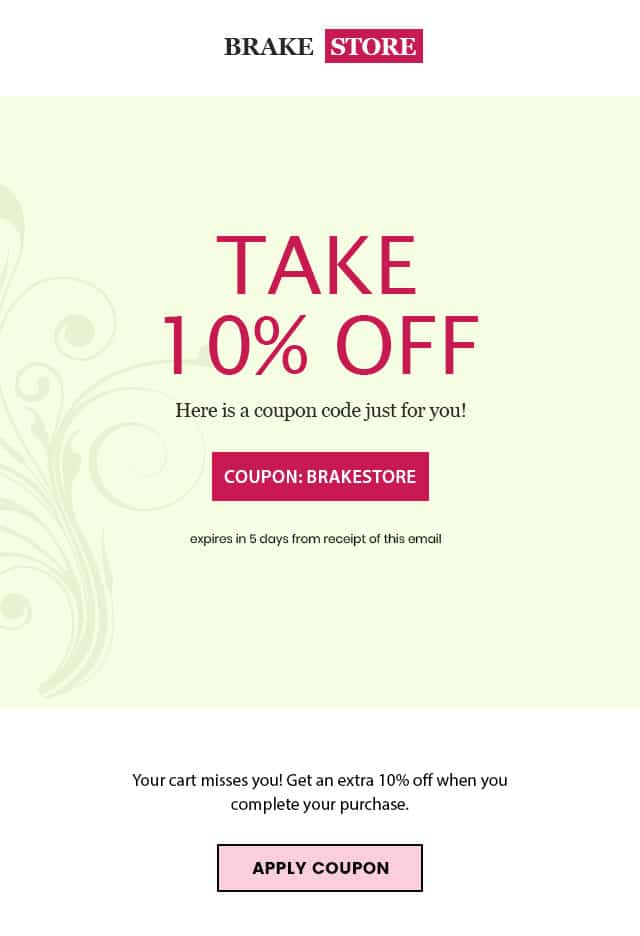
Use Feedback to Encourage Recovery
A useful approach for abandoned cart emails involves incorporating product ratings or reviews that are pertinent to the items or services the customer added to their cart. This serves as a reminder to the shopper that they neglected a well-regarded product and highlights the value of the items they didn’t buy. To boost the open rates for your abandoned cart emails, you can even mention the ratings in the subject line.
Furthermore, you can include a comprehensive list of the products that were left behind in the cart, accompanied by the corresponding ratings for each product. Additionally, it’s beneficial to incorporate one or two of the top reviews for each specific item.

Present Free Shipping Offer
The email incorporates product images of the items left in the cart and presents a final attempt to encourage customers to finalize their purchase by offering free shipping. It serves as a last-resort effort to motivate customers and provide them with an additional incentive to complete their transactions.
Example:
Hi first name, Free Shipping is ON!
Don’t let free shipping go to waste…
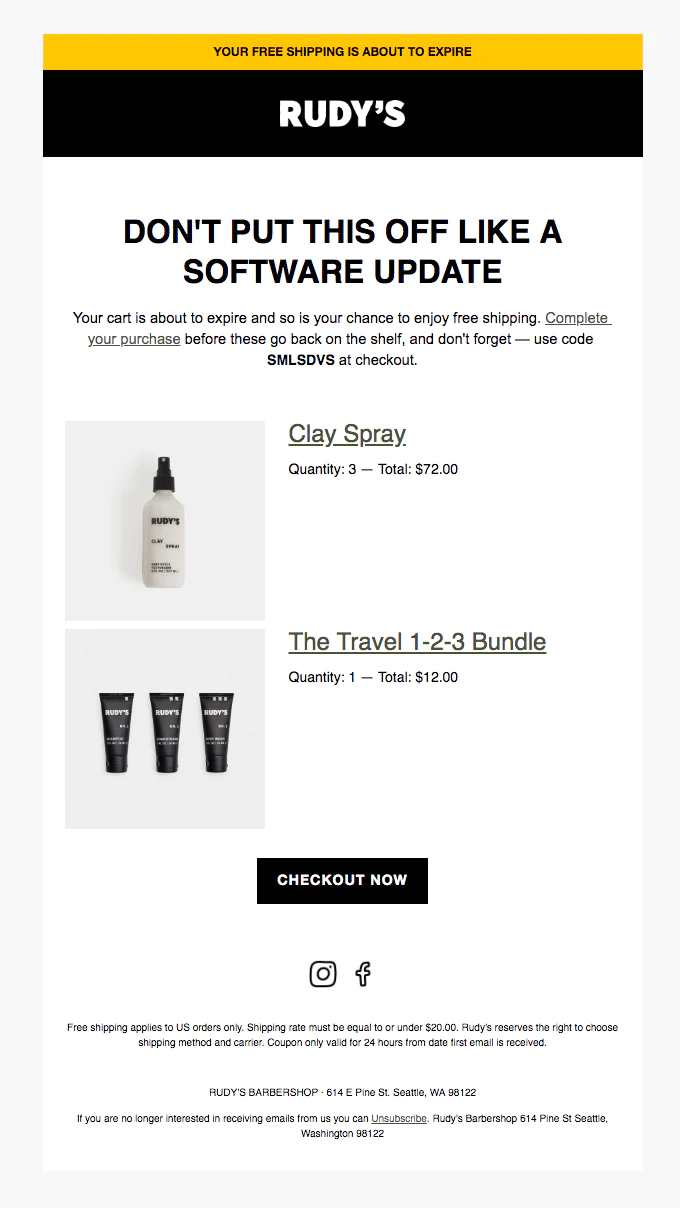
When to Send Abandoned Cart Emails
The timing of emails can significantly impact their effectiveness. While there isn’t a definitive answer, it’s crucial for your email to reach the shopper’s inbox while they are still contemplating a purchase. Knowing the peak periods for online shopping can provide valuable insights to determine the optimal time for sending cart abandonment emails.
Additionally, it’s important to consider whether the customer still requires the product, which can vary depending on the type of purchase. There should be an intermediate email within one hour when the customers leave the cart and the next emails should be arranged repetitively for 4 hours, 24 hours, 48 hours, and 72 hours.

Use Dynamic Content
Incorporating dynamic content in remarketing emails guarantees that the text and visuals are current and tailored to each individual user for optimal performance.
Dynamic content enables you to:
- Utilize contextual information and data to display live details to customers, such as pricing.
- Adapt the visuals and information based on the user’s geographical location or the specific products they are interested in.
- Update the email’s information and design to align with the device being used by the recipient.
- Utilize real-time data to ensure the utilization of the most effective images that result in high conversions.
- Display current trend information, such as product popularity or stock levels.

Segment and Personalize
To ensure an email performs well, it is essential to make it pertinent to the recipients, and segmentation and personalization techniques can aid in achieving this.
- Segmentation involves dividing (potential) customers into distinct groups based on various factors such as age, gender, geographic location, purchasing inclination, and more. This enables targeting these groups with tailored content or products.
- Personalization aims to deliver individualized relevance by leveraging customer data to target them more effectively. This data can be utilized to recommend suitable cross-selling options based on a customer’s purchase and browsing history.
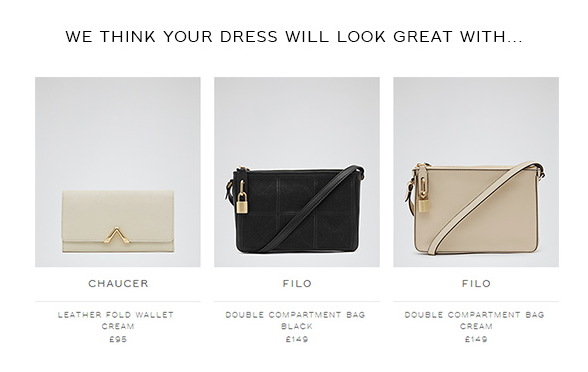
Send in Cycles
An effective tip involves sending multiple automated reminders to visitors who abandon their shopping carts. Given the busy nature of consumers’ inboxes, the initial emails may go unnoticed or arrive at a time when customers are not ready to make a purchase.
Sending emails in cycles can yield the best outcomes, but it’s crucial to customize the messaging for each cycle:
- In the first cycle, emails should primarily serve as reminders to shoppers about the items they left behind in their carts.
- During the second cycle, emails can incorporate a sense of urgency and provide additional details such as reviews to persuade shoppers.
- The third cycle presents an opportunity to try something different. This can involve focusing on reviews, or changing the approach altogether and gathering valuable feedback through abandonment surveys.
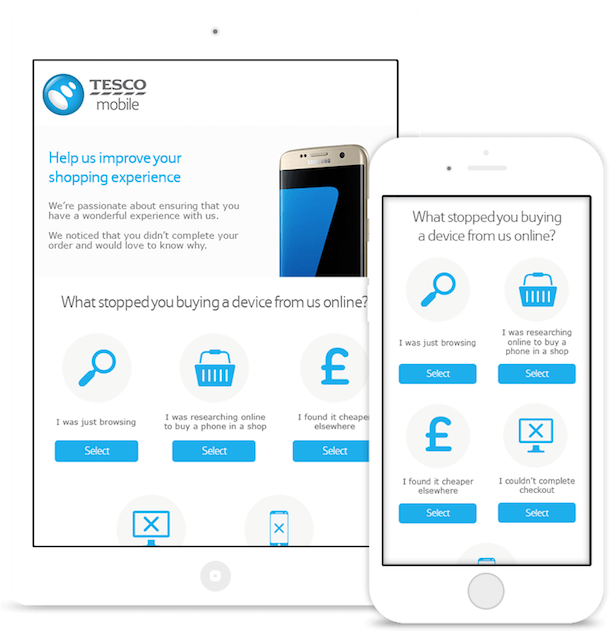
Use Urgency & Scarcity
When there are time-limited price changes or special offers such as free shipping, it is beneficial to communicate this clearly to customers.
Doing so can accelerate the decision-making process for a purchase. For instance, if customers are aware that prices may increase soon or they need to order in time for a specific occasion, sending reminders can effectively prompt them to take action.
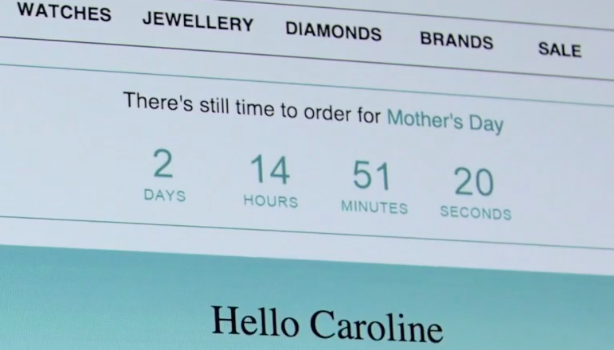
Test and Improve
Finding the most effective emails is an ongoing process of testing and refining, as there is no such thing as a perfect email.
By utilizing techniques like A/B testing, there are various elements within cart abandonment emails that can be experimented with. These areas include:
- Subject lines, which play a significant role in determining whether people choose to open emails. Testing personalized subject lines or highlighting promotions can have an impact.
- Calls to action, where the placement, size, and wording used can enhance click-through rates.
- Timing, determining the optimal duration to wait before sending emails.
- Email copy, as it can be the decisive factor in recipients clicking through or disregarding emails. Testing different styles, lengths, and tones of copy can yield valuable insights.
Reinforce Key Selling Points
Key factors like delivery timings and costs, as well as e-commerce returns, can make a difference in the purchase decision.
For this reason, it can pay to highlight them in cart abandonment emails, as an extra incentive to purchase.

By implementing these 13 abandoned cart email tips, you can maximize revenue, recover lost sales, and boost conversions for your business. Remember to personalize your emails, segment your audience, experiment with timing and messaging, and continuously test and optimize your campaigns. With a strategic approach and ongoing refinement, you can effectively engage potential customers and turn abandoned carts into valuable revenue opportunities. Start implementing these tips today and unlock the full potential of your abandoned email flows.

